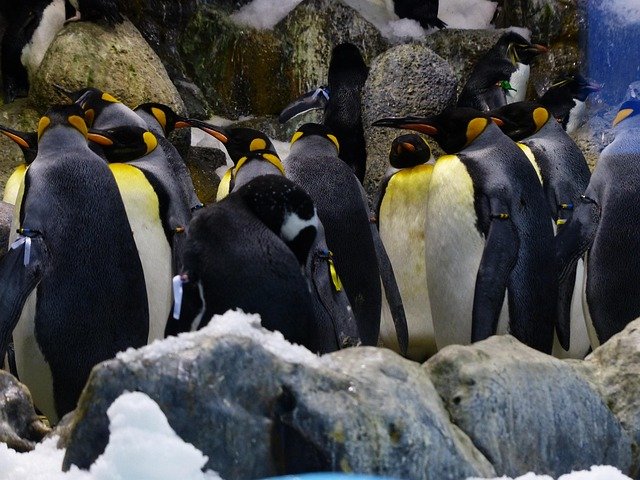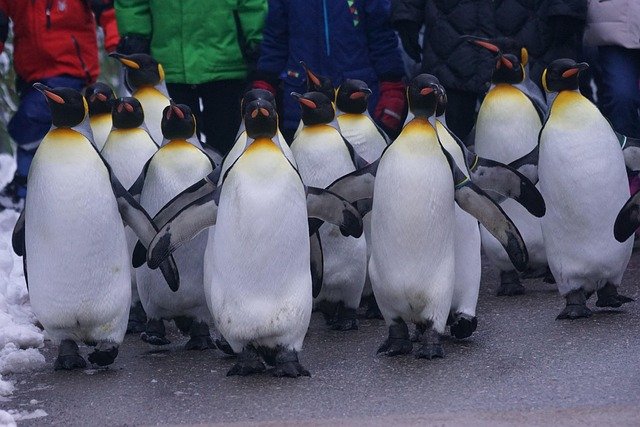**Title: "The Social Lives of Penguins: How These Remarkable Birds Build Community"** **

The Social Lives of Penguins: How These Remarkable Birds Build Community
Penguins, often perceived as solitary creatures waddling across icy landscapes, are, in fact, remarkable social animals. Their complex social structures and behaviors reveal a fascinating world of community life that is essential for their survival and well-being. In this post, we will explore the social dynamics of penguins, their communication methods, and how they build strong communities.
The Importance of Social Structure
Penguins are highly social birds that thrive in groups, known as colonies. These colonies can range from a few dozen to thousands of individuals, depending on the species and the breeding season. Social structures within these colonies are crucial for several reasons:
Protection from Predators: Living in large groups provides safety in numbers. Penguins can better defend against predators, such as seals and birds of prey, when they are part of a colony.
Cooperative Breeding: Many penguin species engage in cooperative breeding, where individuals other than the biological parents help care for the chicks. This communal effort increases the chances of survival for the young.
Resource Sharing: Foraging in groups allows penguins to share information about food sources, making it easier to find and catch fish and krill.
Communication: The Key to Connection
Penguins have a rich repertoire of vocalizations and physical displays that they use to communicate with one another. Their communication methods include:
Vocal Calls: Each species of penguin has distinct calls that help individuals identify each other. During the breeding season, these calls are essential for mates to find each other among the cacophony of the colony.
Visual Signals: Penguins also use body language to convey messages. For example, they may bow, flap their wings, or perform specific movements to express aggression, courtship, or submission.
Physical Touch: Preening and touching are common behaviors among penguins, reinforcing social bonds and promoting group cohesion.
Social Bonds and Relationships
The social lives of penguins are characterized by strong bonds and relationships. Some key aspects include:
Pair Bonding: Many penguin species form lifelong monogamous pairs, working together to raise their chicks. These bonds are often reinforced through courtship behaviors and shared responsibilities.
Friendships: Penguins can form friendships with other individuals within the colony. These relationships can provide emotional support and assistance during challenging times, such as during molting or foraging.
Social Hierarchies: Within colonies, social hierarchies can emerge, influencing access to resources and mating opportunities. Dominant individuals may have preferential access to food and nesting sites.
The Role of Community in Survival
The social lives of penguins are not just fascinating; they are vital for their survival. The collaborative efforts of these birds in foraging, breeding, and protecting their young highlight the importance of community in the animal kingdom. As climate change and environmental challenges threaten their habitats, understanding the social dynamics of penguins can help us develop effective conservation strategies.
Conclusion
Penguins are more than just adorable birds waddling on ice; they are complex social creatures that rely on community for survival. By studying their social lives, we gain insight into the importance of collaboration, communication, and relationships in the animal kingdom. As we continue to explore and protect these remarkable birds, let us celebrate the rich social tapestry that defines their existence.
Feel free to share your thoughts on penguin social lives or any experiences you've had observing these incredible birds!

Upvoted! Thank you for supporting witness @jswit.